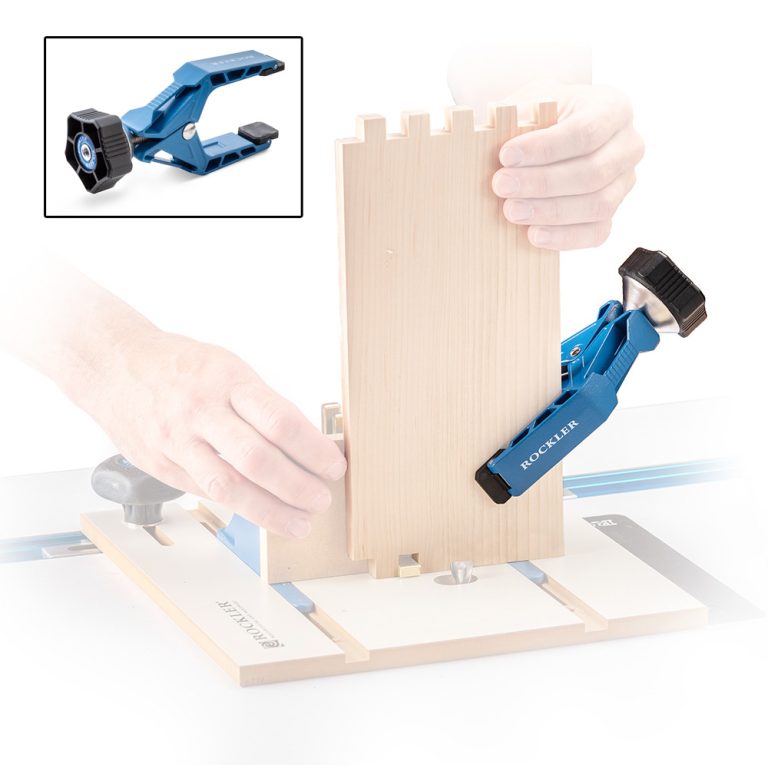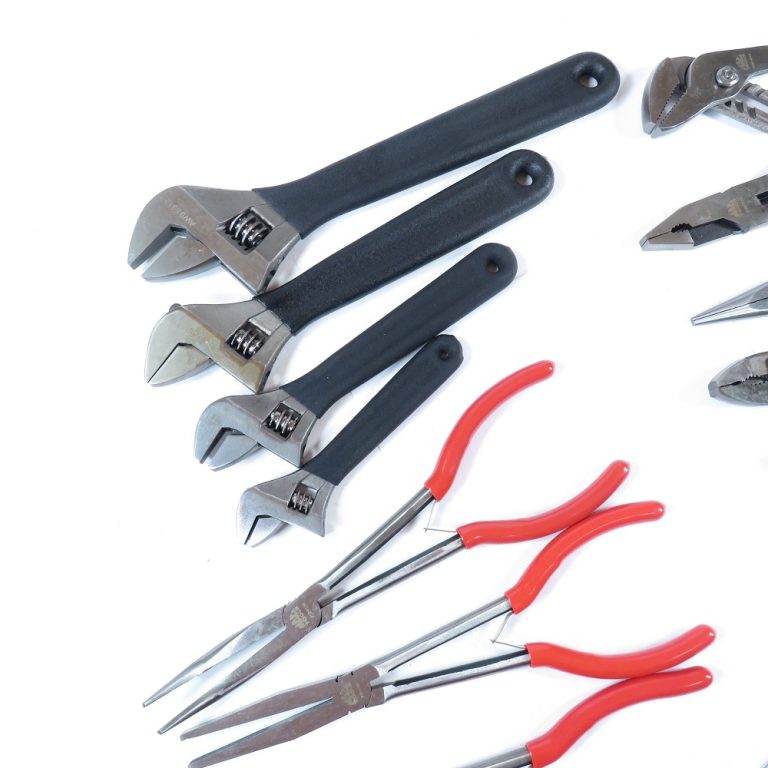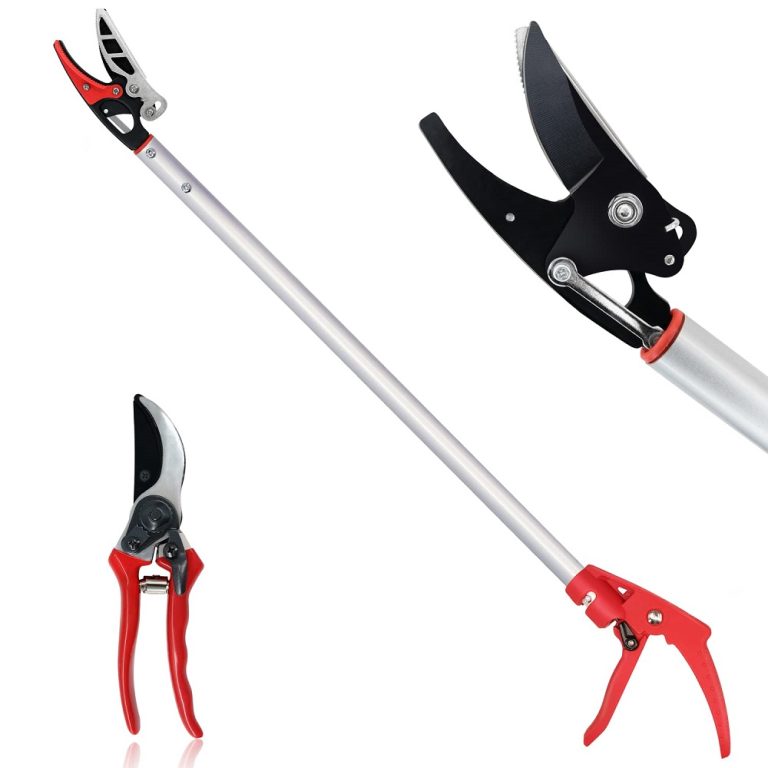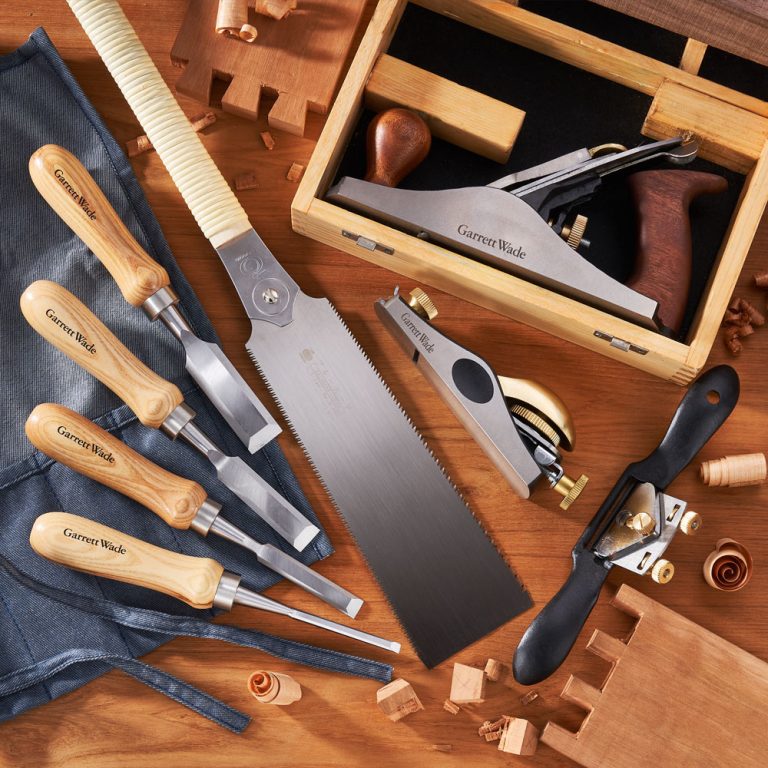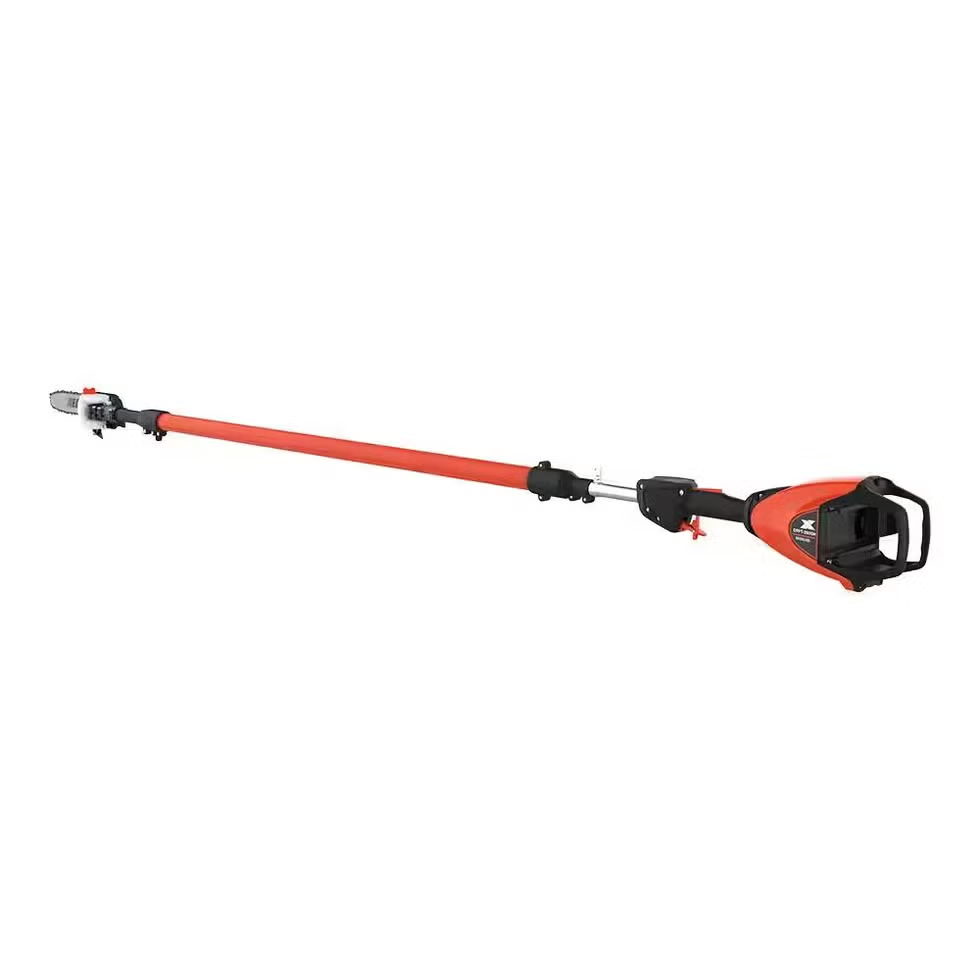Introduction to Concrete Saws
Concrete saws are vital tools for construction and renovation projects. These powerful machines cut through solid concrete with precision and ease. In this guide, we will delve into the various types of concrete saws available. We will look at their key features and how to operate them safely. Knowing how to use concrete saws correctly is critical. It ensures efficiency and safety on the job site. If you are new to concrete cutting, or just looking to refine your technique, this article is for you. We will cover everything from preparation to maintenance. Let’s start with a basic understanding of concrete saws and their applications. From builders to DIY enthusiasts, concrete saws are indispensable for cutting dense materials. We will help you master their use for your next project. So, whether you are cutting concrete slabs or making precision adjustments, keep reading for expert tips.
Types of Concrete Saws
Choosing the right type of concrete saw is crucial for your project. Concrete saws vary based on size, power, and mobility. Here we discuss the main types you’ll come across.
Handheld Concrete Saws
Handheld concrete saws are compact and versatile. They offer great flexibility for small projects or tight spaces. These saws are lightweight, making them easy to handle. They are ideal for cutting concrete pipes, floors, and walls. Handheld concrete saws are perfect for quick jobs that need precision.
Walk-Behind Concrete Saws
Walk-behind concrete saws are larger and suited for extensive cutting tasks. They are commonly used for cutting large surfaces like driveways and roads. These saws are robust and typically powered by gas or diesel. Operators guide them from behind, allowing for straighter cuts over long distances. Walk-behind saws ensure deeper and more uniform cuts, making them indispensable for major construction work.

Key Features to Consider When Selecting a Concrete Saw
Choosing the right concrete saw for your project isn’t only about the type of saw. When selecting a concrete saw, other key features must be taken into account to ensure the right fit for your needs. Here is a breakdown of the important features to consider:
Power Source
Concrete saws come with various power options, including electric, gas, and hydraulic. Electric saws are great for indoor use as they don’t emit fumes. Gas-powered saws offer more mobility and are ideal for outdoor projects. Hydraulic saws provide consistent power and are often used for heavy-duty tasks.
Blade Capacity
The size of the blade determines the depth of the cut. Larger blades can cut deeper, which is crucial for heavy construction work. Smaller blades are better suited for detailed or limited-access cuts.
Cutting Depth
Ensure the saw can achieve the necessary cutting depth for your project. Deep-cutting saws are necessary for major renovations or infrastructure work.
Portability
If your project requires movement, consider the saw’s weight and ease of transport. Lightweight and handheld saws are preferable for jobs with varied cutting locations.
Water System
Some concrete saws come with built-in water systems. These help to reduce dust and cool the blade, extending its lifespan and improving cut quality.
Price
While cost is always a consideration, balance it against the saw’s features and the demands of your project. Don’t compromise on crucial features just to save on initial costs as this may lead to higher costs in the long run.
Considering these features will help you select a concrete saw that meets your project’s needs, budget, and ensures efficient and effective results. Remember to closely match the saw’s capabilities with the requirements of the tasks you’ll be undertaking.

Safety Guidelines for Operating Concrete Saws
When working with concrete saws, safety is paramount. Adhering to certain guidelines can prevent accidents and ensure a smooth operation. Here are essential safety tips to follow before and during the use of concrete saws:
Personal Protective Equipment (PPE)
Always wear the appropriate PPE. This includes safety goggles, ear protection, dust masks, and steel-toed boots. Gloves should also be worn to protect hands from vibration and potential cuts.
Read the Manual
Before using a concrete saw, thoroughly read the manufacturer’s manual. Understand the machine’s specific safety features and operating procedures to avoid misuse.
Inspect the Equipment
Check the concrete saw for any signs of wear or damage. Ensure the blade is sharp and securely attached. Damaged or dull blades can cause unsafe operating conditions.
Secure the Work Area
Set up barriers or signs to keep bystanders and co-workers at a safe distance. Ensure the work area is well-lit and free of any obstructions that might impede your ability to safely operate the saw.
Start Up Safely
Follow the manufacturer’s instructions for starting the saw. Do this in a well-ventilated space to avoid inhaling harmful fumes, especially with gas-powered saws.
Use a Water System (if available)
If your saw is equipped with a water system, use it to reduce dust and cool the blade. This not only improves safety but also enhances the cutting quality.
Maintain a Firm Grip
Keep a strong, stable grip on the saw at all times, using both hands. This helps maintain control over the saw’s movements and prevents accidental slippage.
Turn Off Properly
After cutting, let the saw run idle for a minute before turning it off. This allows the blade to cool down, reducing risk of damage and prolonging its lifespan.
Stay Alert
Always stay focused on the task. Distractions can lead to mistakes and potential injuries, so it is important to keep your attention on operating the saw safely.
By following these safety guidelines, you can minimize risks and confidently operate concrete saws. Remember, preparing properly and respecting the tool’s power are key to a safe and successful cutting job.
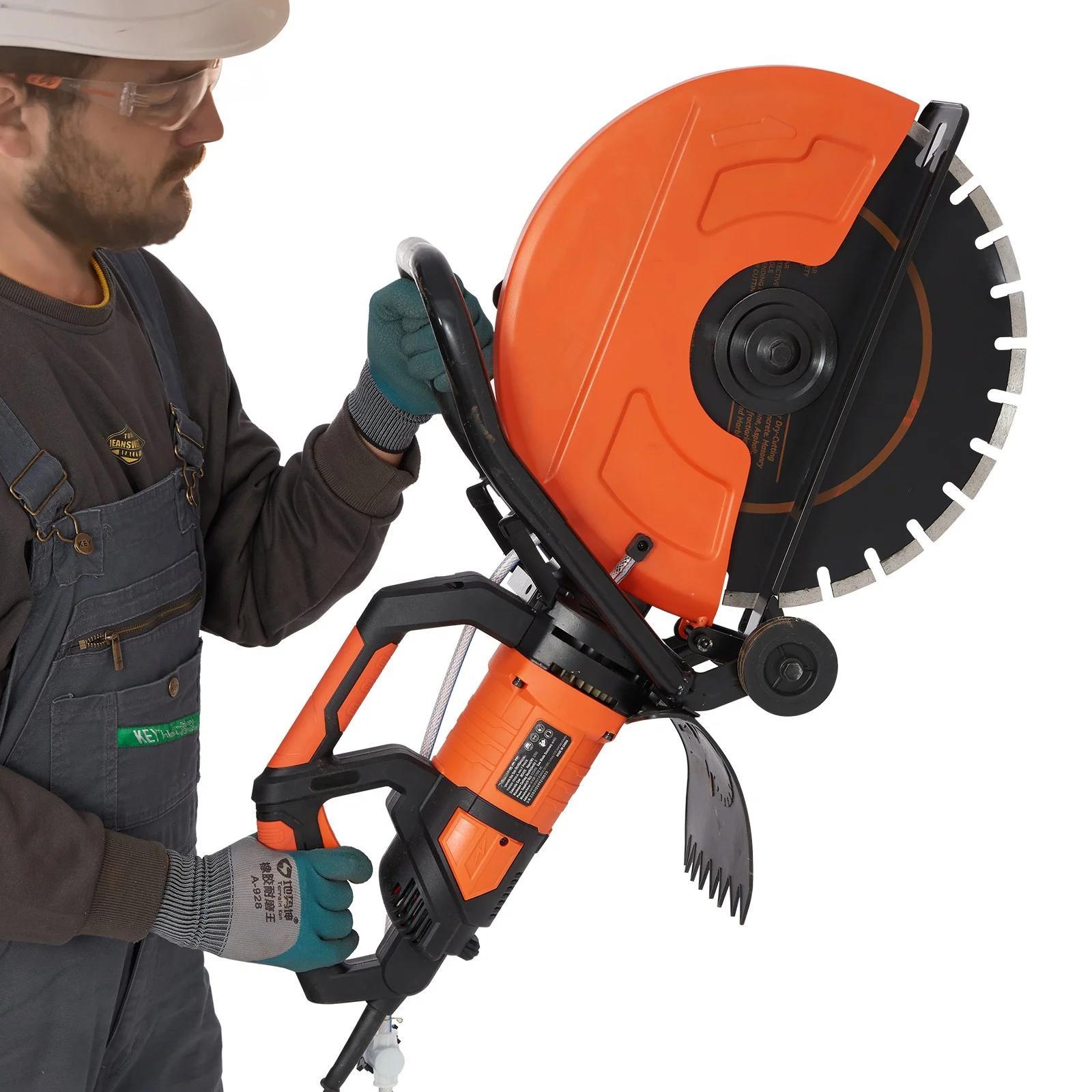
Preparation Steps Before Cutting
Before you start cutting with concrete saws, proper preparation is key to both safety and efficiency. Follow these vital steps to set the stage for a successful cutting process.
Assess the Work Area
The first step is to look over the area where you’ll be cutting. Remove any debris or obstacles that could affect your cutting line or safety. Making sure the surface is clean helps prevent accidents.
Mark the Cutting Line
Use chalk or a marker to draw a clear cutting line on the concrete. This will be your guide and ensure precision as you cut. A straight, visible line helps you maintain accuracy.
Set Up Water Supply
If your concrete saw has a water system, hook it up before cutting. Water helps reduce dust and prevent blade overheating. This step is important, as it extends your saw’s life and improves cut quality.
Check Your Equipment
Examine your concrete saw to confirm it’s in good working order. Look for signs of wear or damage and ensure the blade is sharp and secure. Using well-maintained equipment is essential for safety and effectiveness.
Gear Up with PPE
Put on your personal protective equipment, including goggles, ear protection, and gloves. Wearing the right PPE is crucial for protecting yourself from potential hazards. Remember, safety always comes first.
Prepare for Emergencies
Have a first aid kit and emergency numbers nearby. In case of an accident, being prepared can make all the difference. Knowing you are ready for any scenario gives you confidence and peace of mind.
Taking the time for these preparation steps can greatly influence the outcome of your cutting project. Proper preparation ensures that once you start the saw, you can focus solely on the task at hand, confident that you’ve already addressed potential issues.
Effective Cutting Techniques
To achieve the best results with concrete saws, use these effective cutting techniques:
Choose the Right Blade
Select a blade that matches your project demands. For deeper cuts, choose larger blades. For detailed work, go for smaller ones.
Maintain Consistent Speed
Cut at a steady speed. Avoid speeding up or slowing down abruptly. This ensures even and smooth cuts.
Use the Correct Stance
Stand firmly and maintain balance. Keep a wide stance for better control over the saw.
Apply Gradual Pressure
Start with a lighter touch; gradually increase pressure. Let the saw do most of the work.
Keep the Blade Cool
Use water if your saw has a water system. This keeps the blade cool, reduces dust, and prolongs the blade’s life.
Follow Cutting Lines
Make sure to follow the pre-marked lines. This enhances the accuracy of your cuts.
Check Progress Frequently
Pause periodically to check your progress. Adjust your technique as needed to stay on track.
By following these techniques, you can use your concrete saw more effectively and safely.
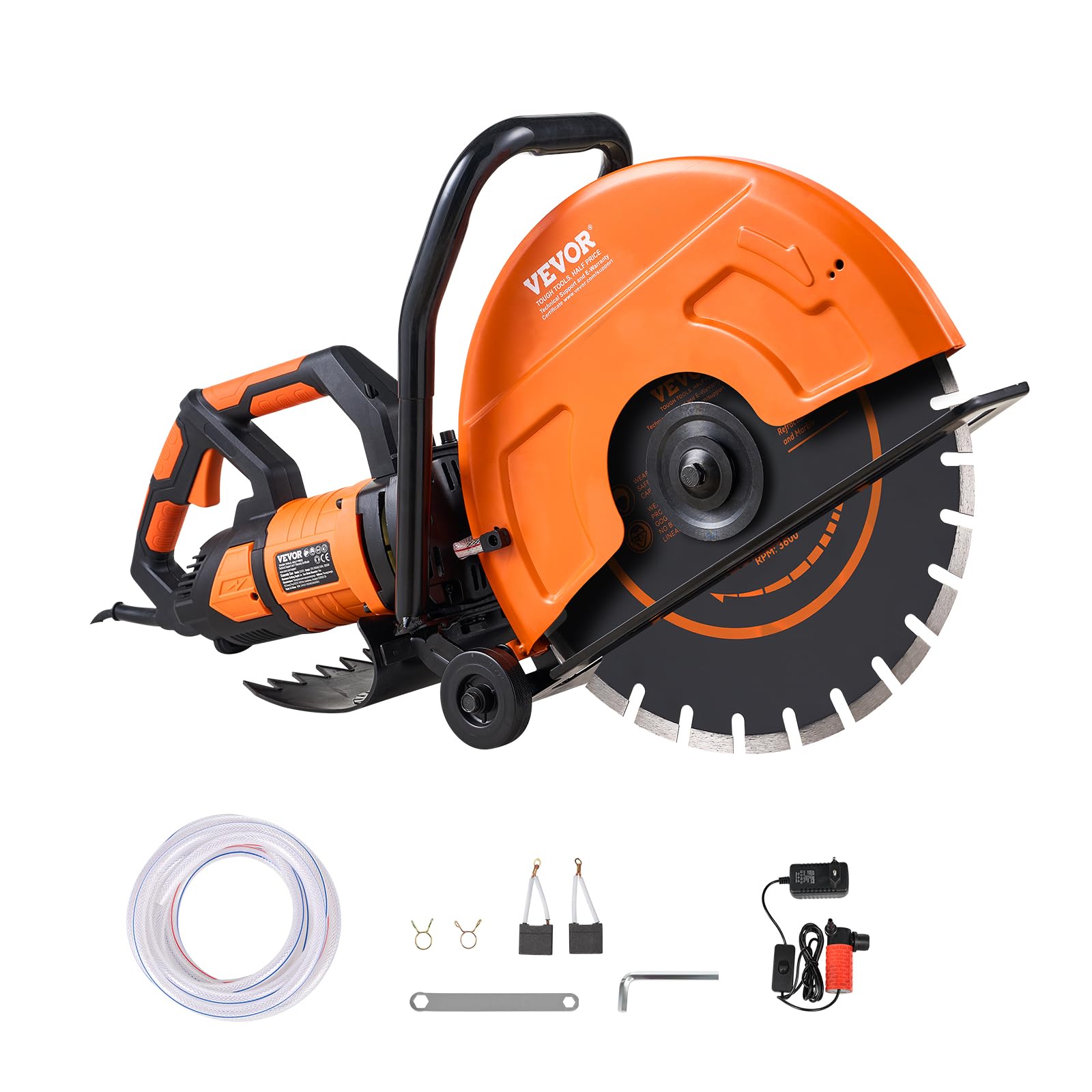
Maintenance Tips for Concrete Saws
To ensure long-lasting performance from your concrete saws, adopting regular maintenance routines is crucial. Here are key maintenance tips to keep your concrete saws in top shape:
Clean Regularly
After each use, clean the saw blades and body to remove concrete dust and debris. This prevents buildup that can affect the saw’s performance.
Check Blades for Wear
Inspect the blades frequently for signs of dullness or damage. Replace worn-out blades to maintain cutting efficiency and safety.
Lubricate Moving Parts
Apply lubricant to all moving parts periodically. This helps to reduce friction, wear, and tear, extending the life of the saw.
Tighten Loose Components
Always check for any loose nuts or bolts and tighten them. Loose components can lead to unsafe operating conditions during use.
Inspect for Leaks
For saws with hydraulic systems, regularly check for leaks. Address any leaks immediately to ensure optimal performance and safety.
Store Properly
When not in use, store your concrete saw in a clean, dry place. Correct storage will protect it from the elements and prevent rusting.
Schedule Professional Servicing
Finally, have your saw professionally serviced at recommended intervals. Expert check-ups can catch issues that you might miss.
Following these maintenance tips will keep your concrete saws ready and reliable for any project. Regular care minimizes breakdowns and the need for costly repairs.
Conclusion
Wrapping up, concrete saws are crucial for efficient and precise cutting in construction. Choosing the right saw and blade, along with following safety and maintenance guidelines, ensures top-notch performance. Always prepare your work area and gear up with the necessary PPE before starting. Employ effective cutting techniques for the best results. Regular maintenance keeps your saws in excellent condition, extending their lifespan. By adhering to these expert tips, your concrete cutting tasks will be safer, more accurate, and much more efficient. Remember, whether you’re a seasoned professional or a DIY enthusiast, the key to success with concrete saws lies in preparation, precision, and safety.

